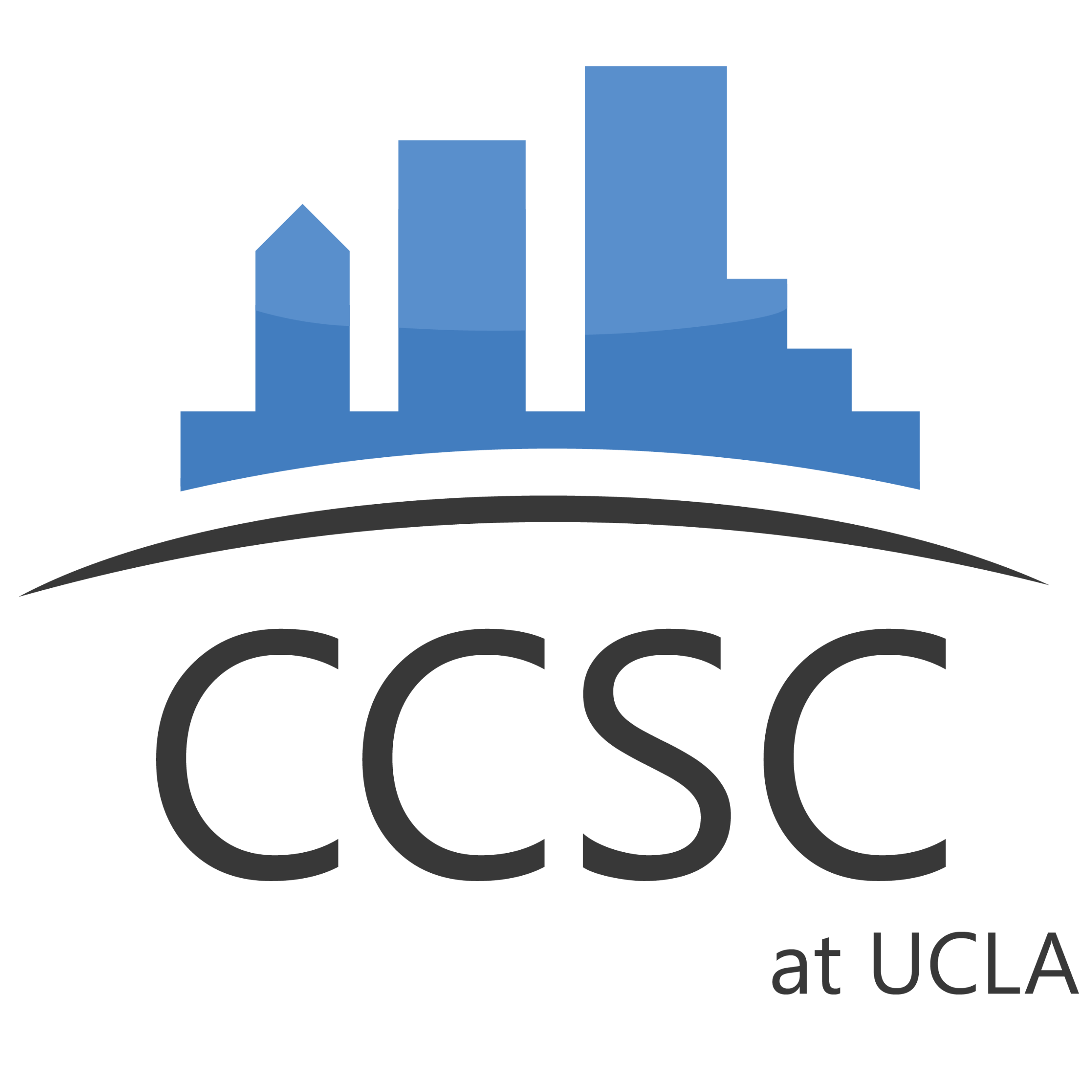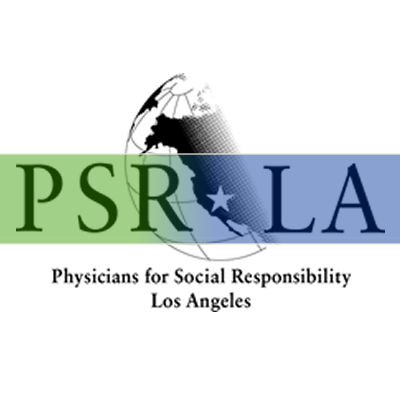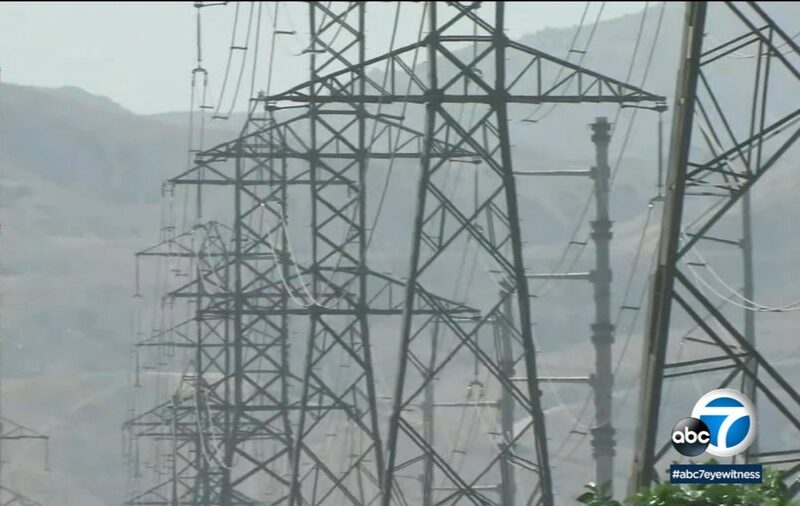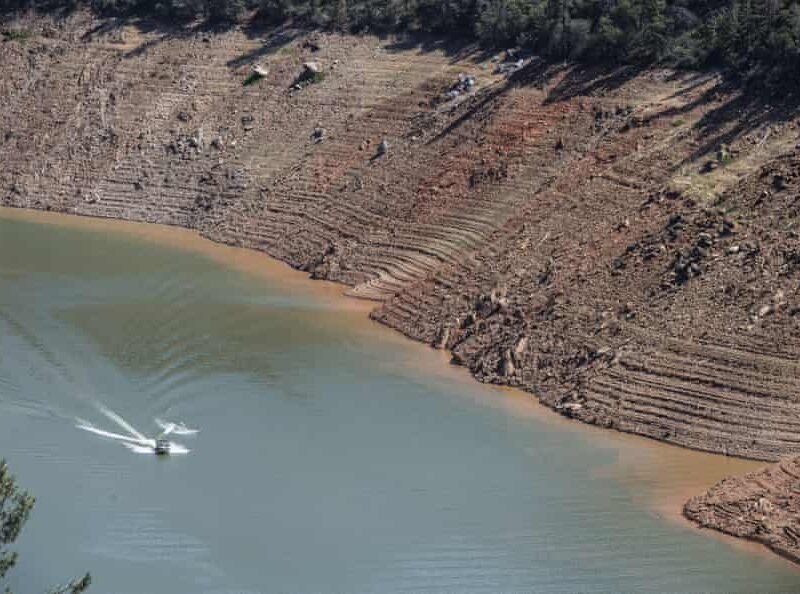Headline
Is it time to stop flushing the toilet?
The Western United States is in the midst of a devastating, record-breaking drought. For those of us outside the West, there’s increasing evidence that climate change is coming us hard and fast. People are being asked to do their part to conserve water: take shorter showers, don’t let the faucet run, fix that leaky sprinkler and so on. Which begs the question: Is it time to stop flushing the toilet all the time? “Oh yeah, absolutely,” answers Stephanie Pincetl, professor at UCLA’s Institute of the Environment and Sustainability. You know the old saying “If it’s yellow let it mellow?” That should be the new normal, Pincetl says. “I do it drought or no drought because we live in a climate where that no longer makes a difference.”






